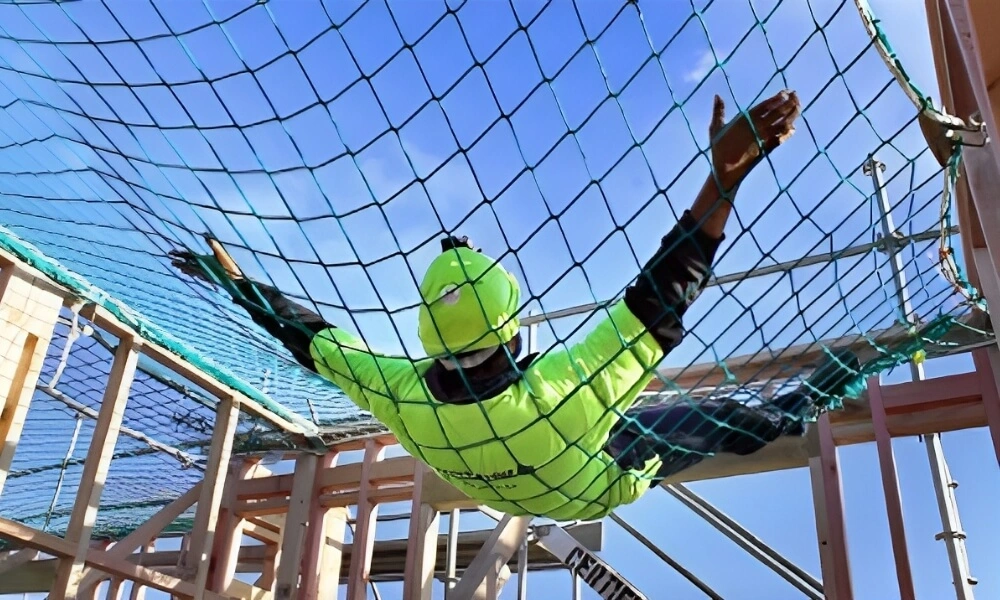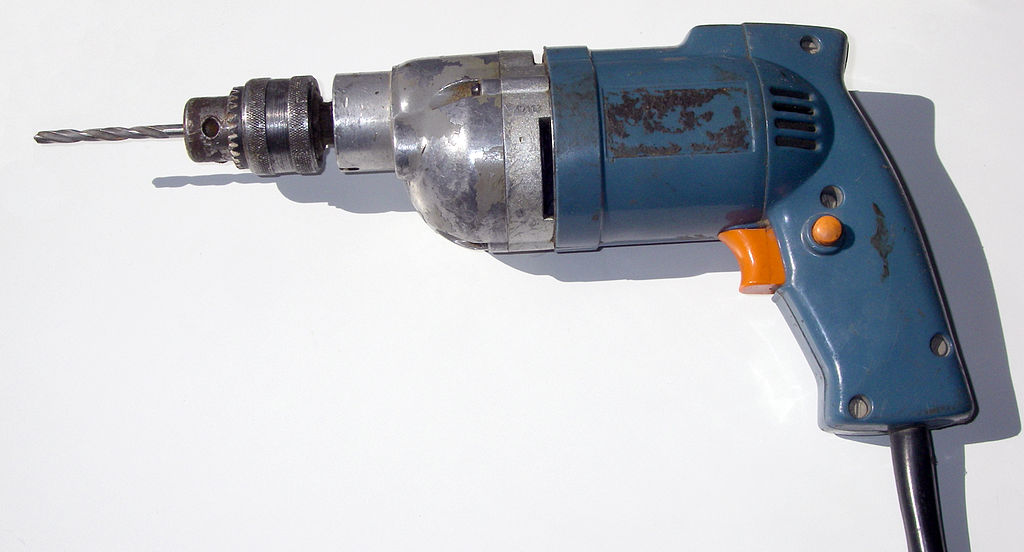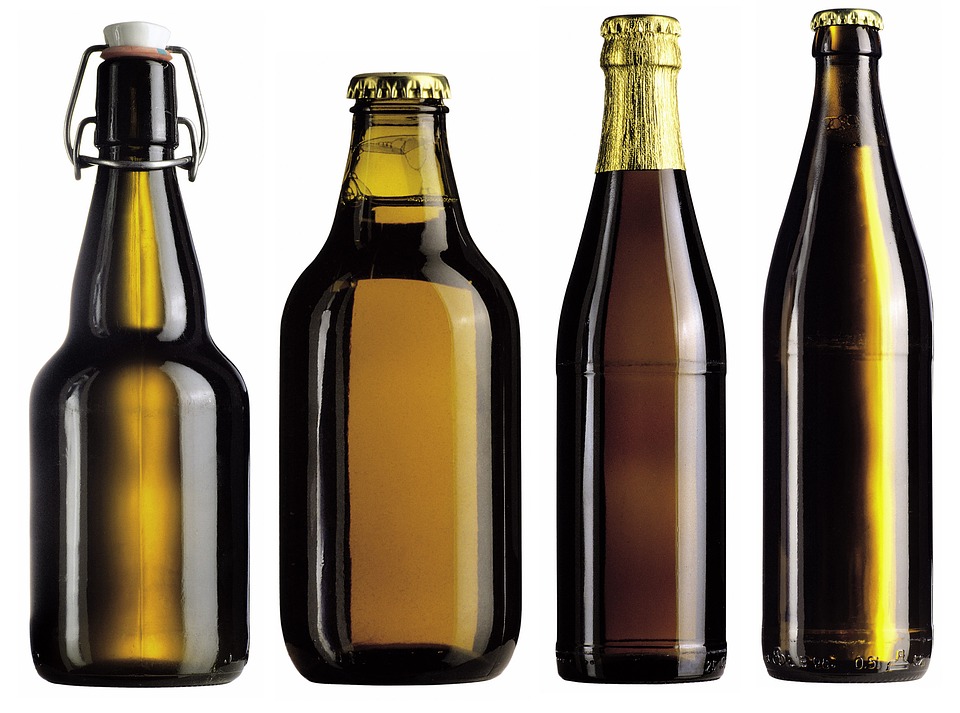
Why Are Falls a Major Concern in Construction?
Construction sites are environments where workers are regularly required to perform tasks at dangerous heights, often surrounded by open edges, scaffolding, and incomplete structures. This reality makes falls one of the industry’s most persistent and deadly hazards. According to recent data, falls account for more than one-third of all fatalities in construction, making them the leading cause of death for on-site workers. This alarming statistic highlights why preventing falls is always a top priority.
Safety nets in construction have become crucial given the dynamic and hazardous nature of building sites. High-rise operations and tight project deadlines often push teams to work near the edges or above ground without full protective barriers. Safety nets bring peace of mind, not only for workers but also for project managers and company owners, by acting as a fail-safe in case other preventative measures aren’t enough.
According to the Occupational Safety and Health Administration (OSHA), implementing comprehensive fall protection strategies—including safety nets—can dramatically reduce the number and severity of on-the-job accidents. This solution is as much about culture and care as it is about compliance and regulation, demonstrating respect for the workforce while satisfying legal requirements.
What Is a Safety Net and How Does It Work?
In the construction industry, safety nets are specialized mesh barriers installed below work areas where workers are at risk of falling. Their primary function is to intercept and catch falling workers, tools, or debris, preventing them from striking surfaces below. When a person or object lands in the net, the impact energy is spread across the mesh, which stretches and absorbs much of the force, reducing the risk of severe injuries or fatalities.
Effective safety netting is designed to endure the demanding conditions on construction sites. Constructed from high-strength materials such as polyamide or polypropylene—and sometimes reinforced with steel elements—these nets resist tearing, abrasion, and heavy impacts. To ensure reliable protection, they must pass strict industry standards for load testing and long-term durability, even after repeated use and extended exposure to weather. When correctly installed with proper tensioning and regular maintenance, safety netting is a critical last line of defense, protecting workers operating at heights and individuals nearby from falling debris or unexpected hazards.
Essential Features of Effective Netting Systems
The integrity of a netting system stems from its design and the quality of its components. Reliable safety nets share several essential features that make them effective in real-world conditions.
- Material Strength: Effective nets are made from high-tensile synthetic fibers, such as polyamide or polypropylene. These materials offer the strength to withstand extreme forces and repeated use without losing elasticity or form.
- Mesh Size: Selecting the appropriate mesh size is critical. The mesh must be tight enough to prevent small tools or debris from slipping through, yet flexible enough to safely catch a person falling from height.
- Anchorage: Nets must be securely anchored to strong structural elements using specialized hardware. Anchor points must be capable of holding the anticipated loads during an impact.
- Edge Reinforcement: Reinforced and double-stitched edges add strength to vulnerable sections of the net and help distribute forces evenly if the net is called upon to perform.
By insisting on systems that meet strict regulatory standards and best practice guidelines, project managers benefit from increased confidence and reduced liability on the job.
Installation and Inspection: A Non-Negotiable Duo
Professional installation is the foundation of an adequate safety net. It begins with a site assessment, where qualified specialists identify potential fall zones, suitable anchor points, and optimal positioning for coverage. Every safety net must have correct tension and secure attachments to withstand impact loads. When the installation is complete, testing and certifying that the netting system is fit for purpose is vital.
Regular and systematic inspections are just as crucial as the initial setup. Over time, netting systems can be subjected to weather extremes, physical wear, snagging, and even accidental damage from equipment. Scheduled inspections—performed by trained safety personnel—should check for visible signs of wear, UV damage, broken strands, and loosened anchors. Any issues detected should be promptly addressed to maintain the integrity and reliability of the fall protection system.
The Role of Training and Worker Awareness
Even the most advanced equipment loses effectiveness if end-users lack training or awareness. Practical training ensures that workers understand why safety nets are installed, how to work safely in their presence, and the importance of leaving them undisturbed. Team members should learn to recognize improper net installations and immediately report damage or unsafe conditions.
Organizations that prioritize safety training see significant benefits. According to recent research by the U.S. Bureau of Labor Statistics, companies with robust education programs consistently report fewer reportable fall accidents. Routine toolbox talks, practice drills, and clear communication protocols create a safety-first atmosphere where everyone looks out for one another.
Innovations Shaping the Future of Fall Protection
Safety nets have seen remarkable advancements in recent years, driven by regulation and the desire to protect lives and investments better. Today, manufacturers are utilizing next-generation fibers that offer incredible strength while remaining lightweight and easy to handle. Nets now have protective coatings that guard against UV rays, chemicals, and extreme temperatures, ensuring longevity and reducing maintenance needs.
Some sites have begun experimenting with smart sensor technology embedded within nets. These systems can monitor net tension in real time and alert site managers if performance is compromised. As industry reports show, these innovations are not only improving safety outcomes but also reducing delays and downtime by making inspections more efficient and targeted.
Choosing the Right Safety Net: Key Considerations
Selecting a suitable safety net solution demands a thorough understanding of your jobsite’s unique challenges. Consider the types of work being performed, the likely height of workers, the weight and size of potential falling objects, and whether environmental factors could affect performance. Properly rated nets and anchors, tested and certified for your use case, are non-negotiable.
- Work Site Variables: Identify hazards, working heights, and possible fall trajectories.
- Regulatory Demands: Review the specific safety standards and regulations applicable to your jurisdiction.
- Product Ratings: Check for certified impact resistance and strength data relevant to your environment.
- Maintenance Strategy: Opt for systems with clear recommendations and available aftercare service.
- Installation Needs: Ensure the system fits seamlessly into construction workflows and does not impede operations.
Consulting third-party safety experts and referencing the latest research can help make an informed, confident selection.
Broader Takeaways for the Construction Industry
Adopting robust safety net systems on construction sites represents more than regulatory compliance—it is evidence of a company’s commitment to the well-being of its workforce and the smooth progress of its projects. With a thoughtful approach to installation, maintenance, training, and the deployment of innovative technology, the risks of serious falls can be dramatically reduced. As construction activity grows and evolves, leading companies will remain vigilant, leveraging research and new solutions to keep workers safe and productive on every jobsite.









